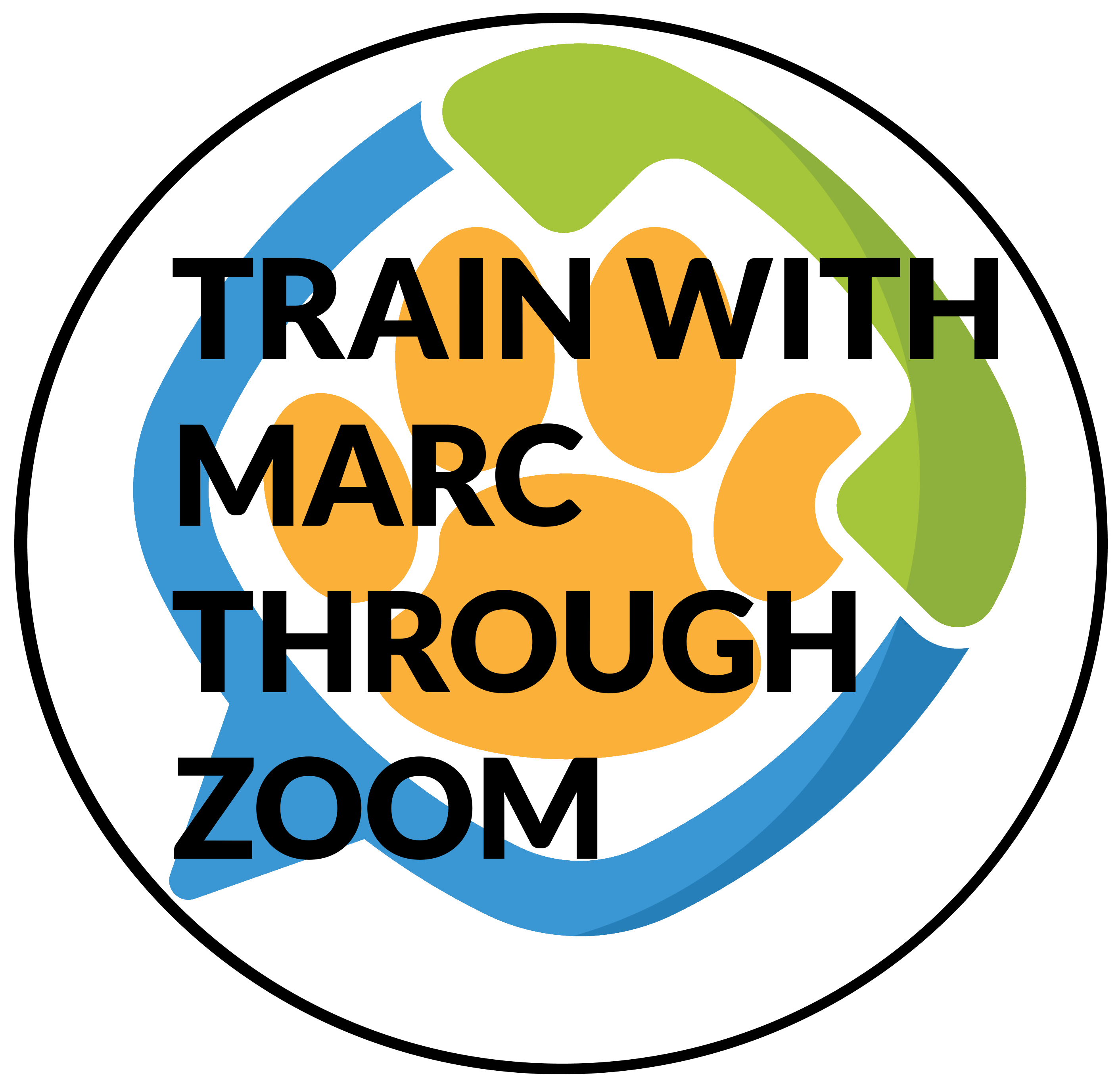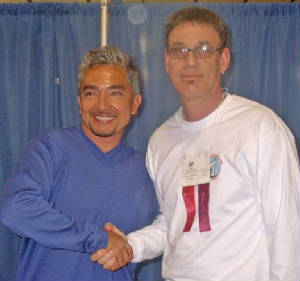Training is an important activity for you to do with your dog. The act of training itself is a great way for you and your dog to interact and bond. It also establishes you as the leader in your home and someone your dog can trust. Training is also a necessity to keep your dog safe, whether you need to prevent her from running out into traffic or lunging for a toxic piece of chocolate on the ground.
With dog training, you can go very in depth. You can train your dog to run agility courses, or to open the fridge for you. But before you start training any advanced commands, or even if you only ever want to train the basics, these seven commands are the ones your dog needs to know and follow as reliably as possible for both safety and a peaceful household.
7 Commands to Teach Your New Dog
Training your dog will require a consistent routine. You will want to schedule a few minutes each day, around 15 to 30 depending on your dog's age and attention span, to teach new commands. As your dog learns, you can start using commands outside of training sessions, such as having your dog sit before he gets to go outside or leave it when you drop something in the kitchen. This helps your dog understand commands in multiple settings and despite distractions. As you start training your dog, begin with these commands:
- Make Eye Contact - When you say your dog's name or give a command like look at me, you want your dog to make eye contact. This means that your dog's attention is on you and they are ready for the next command, or at least aware that you are in charge. A strong grasp of this command will form the foundation for all other training.
- Sit - Teaching your dog to sit is important for her self control. It makes her be still in moments where she might be lunging at new people, the door, or out into the street. By having your dog sit, you give her a job to do, and bring the focus back on to you instead of any distractions might make her impulsive behave impulsively.
- Down - Down goes even further than sit by having your dog lay completely on her stomach. This forces her to calm down since she cannot be running around and jumping when she is lying down. Like sit, down can be a great redirect command whenever your dog is engaging in a behavior you want her to stop.
- Leave It - A curious dog can get into all kinds of food, trash, plants, and other things that could be harmful. Teaching leave it encourages your dog not to lunge after interesting smells or dropped food and instead come to you for a treat and praise, potentially saving your dog's life if she were to get ahold of something hazardous.
- Drop It - Despite our best efforts, your dog may sometimes get a hold of something before you can give the leave it command. Drop it teaches her to let whatever she has in her mouth go without you having to stick your hand in her mouth or run after her. Like leave it, this can help protect your dog if she attempts to consume something dangerous.
- Come - The come command is both convenient for you as a dog owner, and a potentially life saving command. The ability to recall your dog after she runs out the front door, chases off after an animal, or is running into the street will keep her out of dangerous situations. It also means you are not constantly chasing or looking for your dog.
- Stay - Stay is another command that works on impulse control and helps keep your dog in place when you do not want her getting into everything. Stay works best when you can put your dog in a sit or down beforehand and then give her the job of waiting until you tell them until you give the release command.
Once your dog knows these commands, it will also be easier to start teaching more advanced tricks such as heel, fetch, rollover, and shake. That is because a dog who can follow these commands has a strong basis to grow from and perceives you as their leader.





